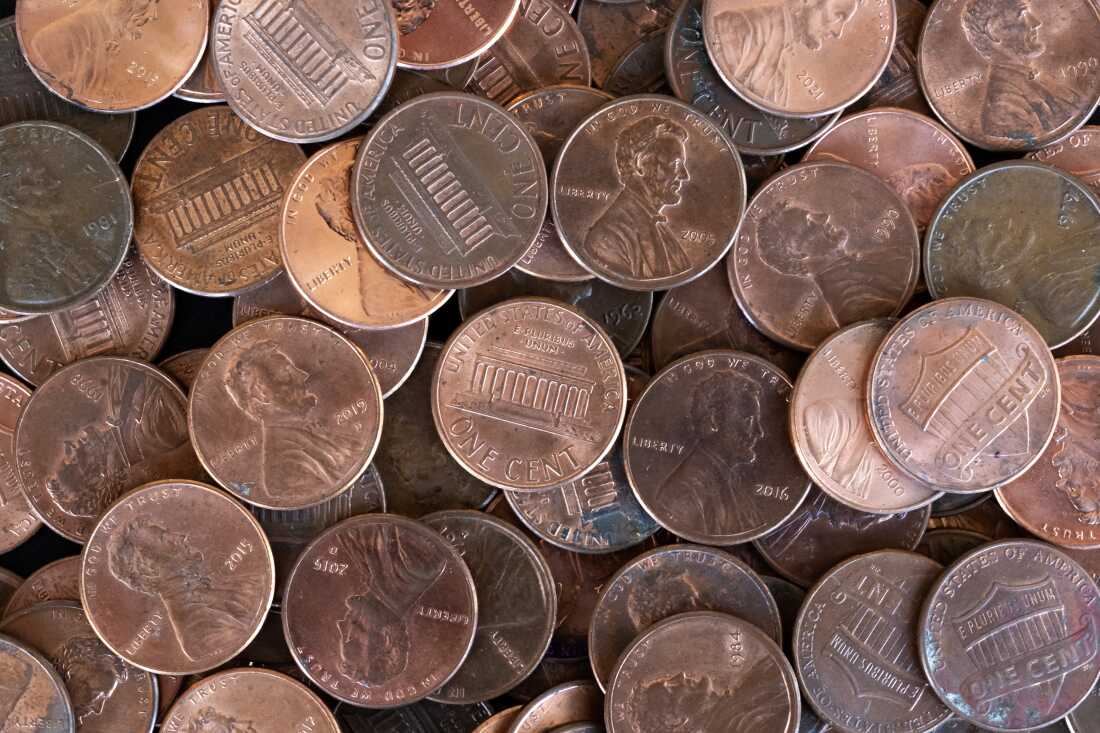
The U.S. government has taken a large step toward finally eliminating the penny.
The Treasury Department recently placed its final order of penny blanks to print the one-cent coins, and meaning new pennies will stop being put into circulation around early 2026.
Eliminating the penny has been a bipartisan issue for years, as rising production costs mean the coins cost more to print than they’re worth.
The U.S. government took another step toward eliminating the penny this month, with the Treasury Department placing its final order of penny blanks to print new one-cent coins.
The move came after President Donald Trump announced on Feb. 9 that he had instructed Treasury Secretary Scott Bessent to “stop producing new pennies.”
“For far too long the United States has minted pennies which literally cost us more than 2 cents,” Trump wrote on Truth Social. “This is so wasteful!”
“Let’s rip the waste out of our great nation’s budget, even if it’s a penny at a time,” the president added.
Eliminating the penny has been a bipartisan issue for years, with both Trump and President Barack Obama, as well as both chambers of Congress, calling for an end to the one-cent coin.
The president is also correct in calling the penny “wasteful,” even underestimating the cost.
Over the past 10 years, the Treasury estimates that the cost of producing one penny has risen from 1.3 cents to 3.7 cents. In February, the U.S. Mint estimated that it lost around $85 million producing 3 billion pennies in 2024.

Moreover, The Wall Street Journal reported in April 2024 that Americans throw out up to $68 million in change per year, with millions more languishing in coin dishes, piggy banks and other keepsake vessels.
The argument is, if the coins aren’t circulating, then it’s worth saving the money and ceasing production.
What happens when there are no more pennies?
The current plan is for the Treasury to stop putting new pennies into circulation in early 2026, when it has finished minting its final batch of penny blanks. After that, it will take years for the coins to cycle out of public use entirely.
With digital payment already being the primary method of transaction for a majority of American businesses, the “change” will mean most things largely stay the same.
For cash transactions requiring cents, the U.S. will likely follow the lead of Canada — which stopped production of its one-cent piece in 2012 — and make those round to multiples of five. The Treasury has said that state and local governments will be responsible for providing guidance to retailers so that sales taxes are properly collected.
The first penny was produced in 1787, and, until 1857, the coins were 100% copper. Today’s pennies are copper-plated zinc, including just 2.5% copper.
The coin was first printed with the image of the goddess of Liberty and her Phrygian cap, however, the image of President Abraham Lincoln became the coin’s symbolic face in 1909, the centennial of his birth.
The Treasury estimates that there are around 114 billion pennies currently in circulation in the U.S.
